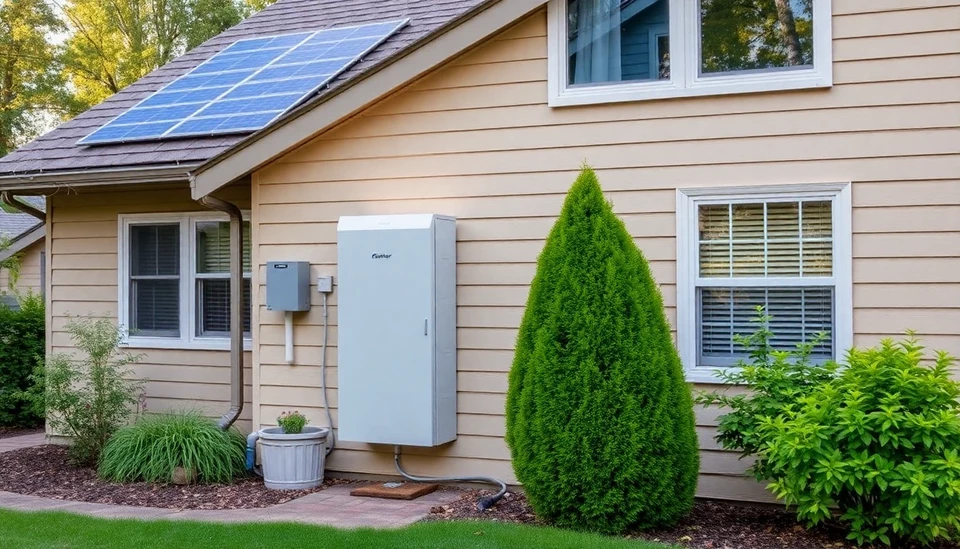
In recent months, a remarkable trend has emerged in the United States, with homeowners increasingly opting to install home battery systems at an unprecedented rate. This shift can be traced to a combination of factors, including a heightened awareness of energy independence, rising electricity costs, and the ongoing challenges posed by climate change.
As the demand for residential battery systems grows, manufacturers are racing to keep pace with the market. Companies like Tesla, LG Chem, and others are witnessing a surge in sales, with reports indicating that installations have reached record highs, especially in states facing frequent power outages or where electricity prices are typically higher. Homeowners are not only interested in solar energy solutions but are now recognizing the benefits of storing that energy for later use.
The cause of this spike can largely be attributed to the increasing desire for self-sufficiency in energy production. As prices for solar panels and home battery systems continue to decline, more Americans are realizing that they can take control of their energy usage. A significant number are motivated by the prospect of reducing their utility bills while also contributing to a greener environment by relying on renewable energy sources.
Moreover, the recent fluctuations in energy prices due to inflation and fuel supply issues have caught many homeowners by surprise. By installing battery storage systems, residents can buffer themselves against these spikes, ensuring greater stability in their monthly charges. Those living in disaster-prone areas say they feel more secure knowing they can hold onto energy when the grid may fail them during extreme weather events.
Additionally, advancements in battery technology have made these systems more efficient and affordable. Some of the latest home batteries can now store excess solar energy generated during the day, allowing homeowners to utilize energy at night or during peak demand times. This capacity not only reduces reliance on the grid but also allows homeowners to take advantage of additional savings by shifting energy usage to off-peak hours.
However, while the future looks promising for home battery installations, challenges remain. Some critics cite the environmental impact of battery production and disposal, raising concerns about sustainability. Additionally, potential buyers may face zoning and permitting hurdles, depending on local regulations regarding installations.
In conclusion, the surge in home battery installations is a clear reflection of Americans' evolving relationship with energy use. Driven by economic, environmental, and reliability factors, this trend signifies a broader shift toward independence and awareness in energy consumption, paving the way for a more sustainable future.
#HomeBatteries #EnergyIndependence #SustainableLiving #SolarEnergy #ClimateChange #RenewableEnergy #HomeOwnership
Author: Sophie Bennett




